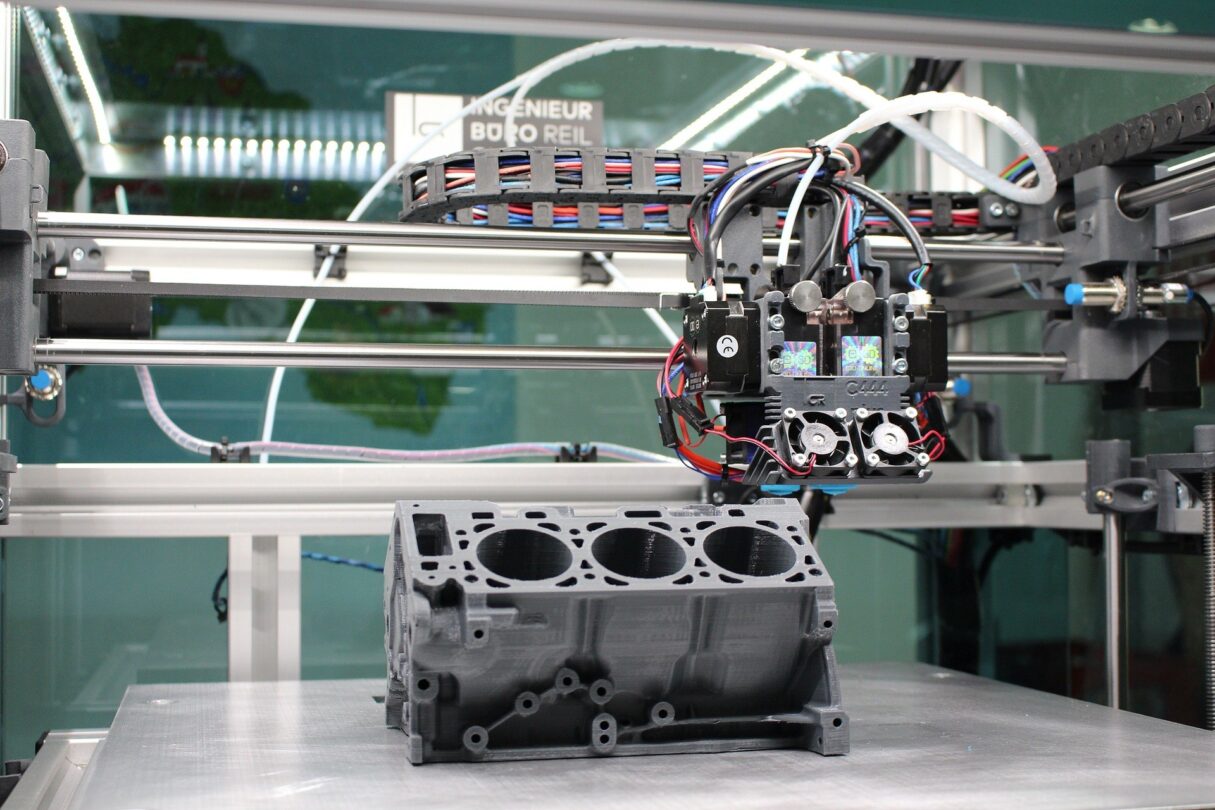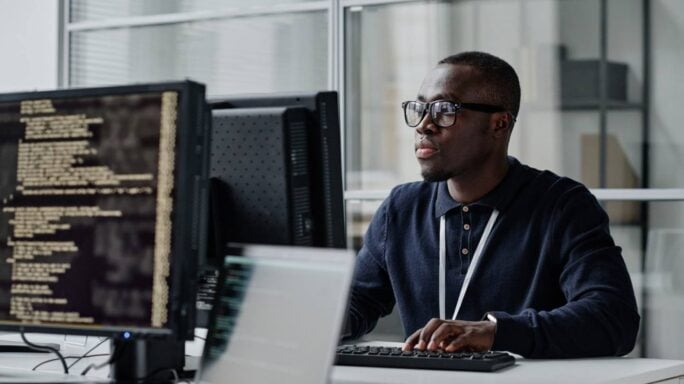Technology & Innovation
Should your business hire robot workers?

Will robots replace humans? In our increasingly digital world, replacing your employees with robot workers may seem like a real possibility.
In October 2014, the number of smartphones and electronic devices surpassed the world’s human population and the number of smartphones have only continued to increase. By 2019, the world will host 31 million domestic robots and 2.6 million industrial robots. This trend is only expected to continue as robots become smarter and more skilled.
How will robot workers impact SMEs
The surge in AI has widespread impacts on businesses and business owners. A study conducted by McKinsey Global Institute forecasted one fifth of the global human workforce will be impacted, with the largest effects expected in developed nations such as the UK, Germany and the US.
The report also predicted that within the next 12 years, robots may replace as many as 800 million employees worldwide. In nations such as the US and Germany, one third of the workforce may need to develop new skills to find work.
What industries are being impacted?
Manufacturing
Industrial robots, those specifically designed for manufacturing plants, have existed since the 1950s with the creation of Unimate, the first digitally programmable robot. General Motors began using the Unimate robot in its factories in 1961.
Since then, industrial robots have largely replaced human employees for tasks such as welding, assembling, and picking and packing. Robots are particularly well suited for carrying out mundane tasks and reduce the risks commonly associated with manufacturing plants.
As technology develops, industrial robots are adapting, by possessing greater dexterity and problem solving. By 2025, robots are expected to take over 45% of manufacturing tasks.
Sales
Despite predictions that robots could entirely replace sales representatives, sales is one area where we’re likely to see collaboration between robots and humans.
AI can help sales departments increase performance through the provision of automated customer insights, identification of solid leads, and even delivery of training to new human employees. In the sales world, AI applications focus on improving human performance, rather than replacing humans.
AI tools such as Gong.io and People.ai collect and analyse data about the sales process to see what works best while DialPad connects with phone systems to analyse conversations. It reviews elements such as word choice and time spent talking versus listening to enhance sales pitches.
Some companies have even started using virtual reality applications like STRIVR to teach employees how to respond in real-world sales situations.
Shipping and logistics
The world of shipping and logistics may be upended by driverless trucks. As it becomes harder to find qualified drivers and delivery needs increase, the industry is beginning to invest in robotic technology.
Otto, the world’s first driverless truck, is currently delivering commercial freight in America and Daimlers’ Highway Pilot Connect, an AI driving aid, makes it possible for trucks to platoon and drift off each other – something that’s too dangerous when done manually.
It’s not just large-scale shipping that’s being affected. Delivery robots are becoming more common on city pavements and have started to replace urban delivery drivers’ jobs; especially in large cities such as San Francisco and London.
While these autonomous robots mostly deliver fast food and small orders, they could soon be used to deliver mail and run errands. Small businesses and medium-sized businesses may soon send packages to customers via a robot instead of the postal service.
Personal assistants
Voice-assisted AI devices can be used to ease the pressure on time-poor business owners and employees. While commonly found in homes, Google Home and Alexa may be able to lend a hand in your business too.
They can help you organise your calendar, book appointments, remind you to get the necessary information about meetings, and update your smartphone calendar. They can also provide travel information, help you plan your route, make calls and send messages, and complete small errands like ordering new pens or booking a taxi.
As these devices have only recently emerged, it’s expected that they’ll soon develop even more handy business functions. According to the BBC, there’s a 68% probability that personal assistant jobs will be automated within the next 20 years.
Should you hire robot workers?
Hiring robot workers may seem like an attractive option for business owners. Robots can work 24/7 without needing a break and deliver a high level of consistency. You don’t need to have them on the payroll or consider the same HR systems that are required for a human workforce.
Robots are also particularly skilled at completing repetitive tasks to a high standard. Across the board, an automated workforce leads to improved product quality and consistency as well as increased production rates.
Plus, removing the burden of dull tasks on your human employees, means they can be re-assigned to more fulfilling and rewarding work.
There are certainly some advantages in integrating AI and robots into your business. Yet, do we really want a robotic workforce?
Disadvantages of automating your workforce
One of the biggest barriers for SMEs when it comes to hiring robot workers is the initial cost. As an emerging technology, purchasing quality robots and AI equipment can be expensive.
However, robotic companies are beginning to address this barrier by providing payment plans and as robots become more mainstream prices will fall. Although, at present the value of robots as assets may depreciate quickly and as new, more advanced technology emerges you may face additional fees associated with upgrading.
Robots are also particularly inept at handling emotional or unexpected situations. Creative problem solving and empathy are not strong robot traits. When customers are stressed or upset, they want to deal with a human employee.
When unforeseen situations arise, such as a package going missing in the post or an airline misplaces a customer’s baggage, human employees may need to find creative solutions and win back the trust and good will of the person affected.
The best of both worlds
Rather than entirely replacing humans with robots perhaps the answer lies in striking the perfect balance between robots and humans. Cobots have been designed to work alongside human employees and improve human capabilities; for instance, manufacturing robots handle dangerous tasks while humans oversee their operations.
Collaborative technology can also extend to AI software like the AI-powered sales software we discussed earlier or AI chatbots that elevate issues to human managers. While AI technology and collaborative robots can help businesses capture the benefits of a robotic workforce, they also allow you to retain the human touch and ultimately offer the best of both worlds.







Ask the author a question or share your advice